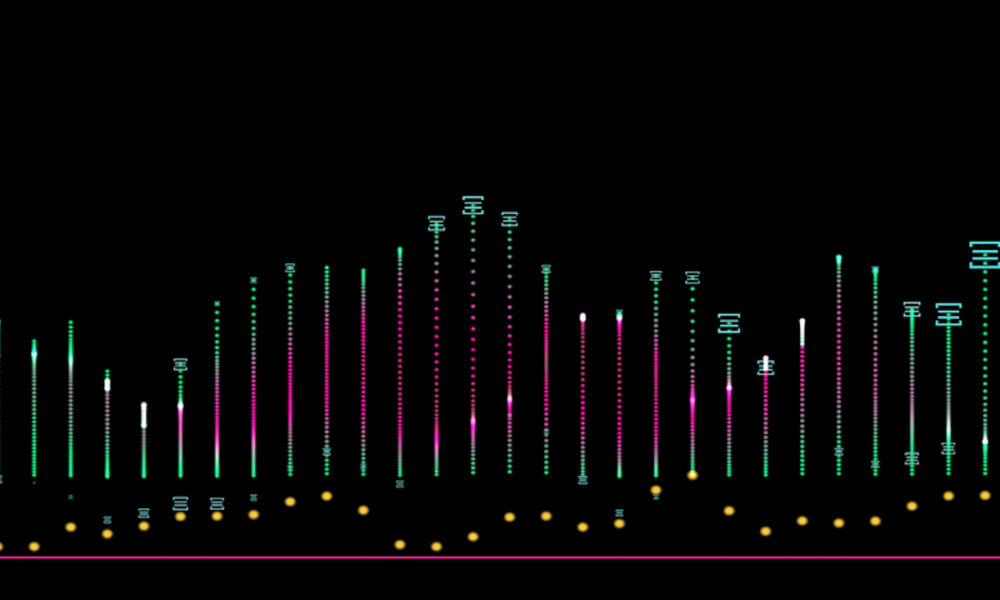Caroline Bishop
Nov 10, 2025 06:57
NVIDIA introduces Grove, a Kubernetes API that streamlines complex AI inference workloads, enhancing scalability and orchestration of multi-component systems.
NVIDIA has unveiled Grove, a sophisticated Kubernetes API designed to streamline the orchestration of complex AI inference workloads. This development addresses the growing need for efficient management of multi-component AI systems, according to NVIDIA.
Evolution of AI Inference Systems
AI inference has evolved significantly, transitioning from single-model, single-pod deployments to intricate systems comprising multiple components such as prefill, decode, and vision encoders. This evolution necessitates a shift from simply running replicas of a pod to coordinating a group of components as a cohesive unit.
Grove addresses the complexities involved in managing such systems by enabling precise control over the orchestration process. It allows for the description of an entire inference serving system in Kubernetes as a single Custom Resource, facilitating efficient scaling and scheduling.
Key Features of NVIDIA Grove
Grove’s architecture supports multinode inference deployment, scaling from a single replica to data center scale with support for tens of thousands of GPUs. It introduces hierarchical gang scheduling, topology-aware placement, multilevel autoscaling, and explicit startup ordering, optimizing the orchestration of AI workloads.
The platform’s flexibility allows it to adapt to various inference architectures, from traditional single-node aggregated inference to complex agentic pipelines. This adaptability is achieved through a declarative, framework-agnostic approach.
Advanced Orchestration Capabilities
Grove incorporates advanced features such as multilevel autoscaling, which caters to individual components, related component groups, and entire service replicas. This ensures that interdependent components scale appropriately, maintaining optimal performance.
Additionally, Grove provides system-level lifecycle management, ensuring recovery and updates operate on complete service instances rather than individual pods. This approach preserves network topology and minimizes latency during updates.
Implementation and Deployment
Grove is integrated within NVIDIA Dynamo, a modular component available as open source on GitHub. This integration simplifies the deployment of disaggregated serving architectures, exemplified by a setup using the Qwen3 0.6B model to manage distributed inference workloads.
The deployment process involves creating a namespace, installing Dynamo CRDs and the Dynamo Operator with Grove, and deploying the configuration. This setup ensures that Grove-enabled Kubernetes clusters can efficiently manage complex AI inference systems.
For more in-depth guidance on deploying NVIDIA Grove and to access its open-source resources, visit the ai-dynamo/grove GitHub repository.
Image source: Shutterstock
Source: https://blockchain.news/news/nvidia-grove-simplifies-ai-inference-kubernetes


